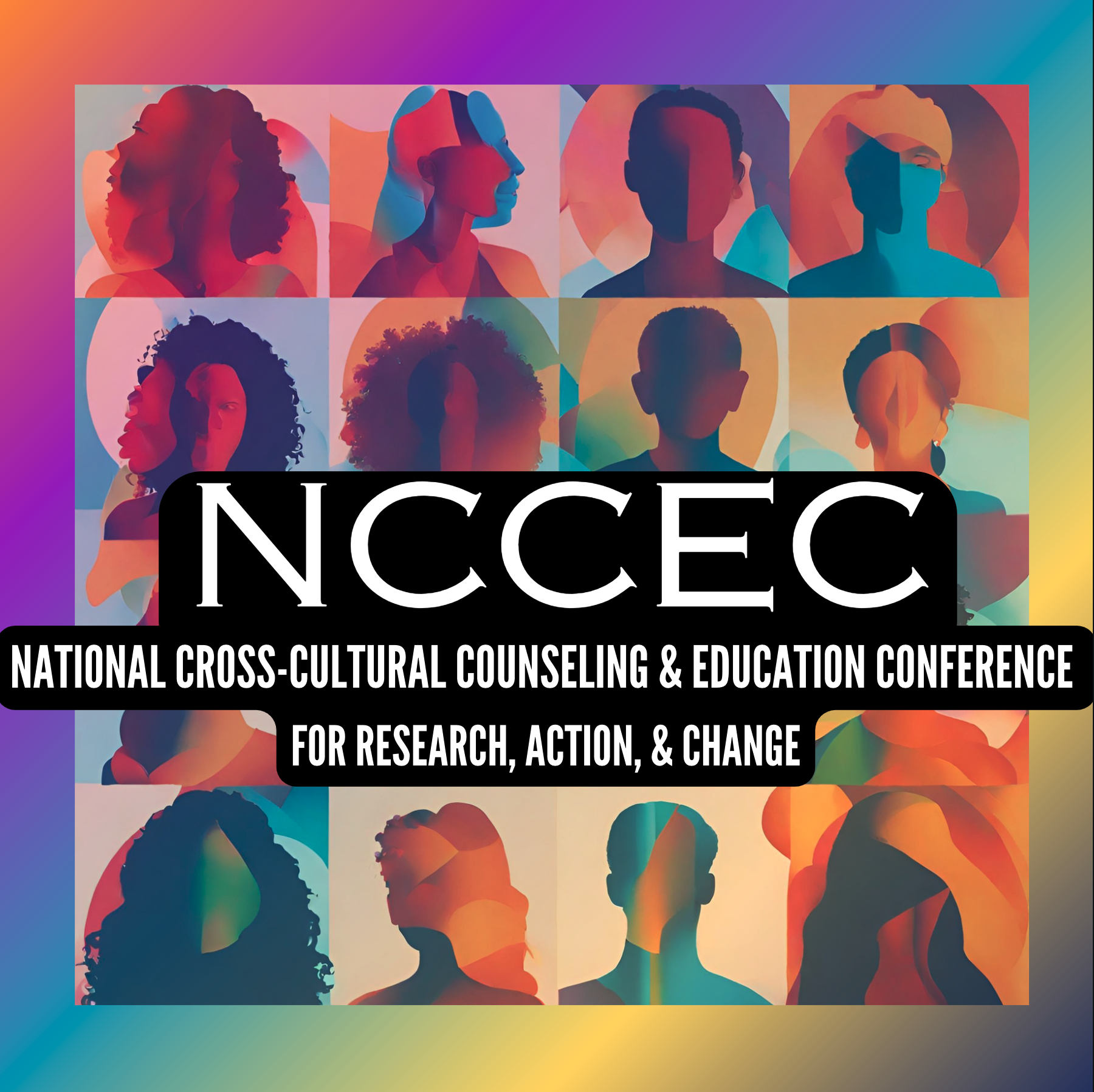Navigating Workplace Systems through Practical Personal and Professional Strategies
Conference Strand
Practice, Strategies, Techniques, and Interventions
Abstract
Educational institutions exhibit ambiguity, organizational change, and contradictions (Balducci et al., 2011; Gardner et al., 2013; Magnuson et al., 2009), which creates unsettling emotions for faculty and an unsafe workplace. Microaggressions and workplace bullying for marginalized populations is not an unfamiliar experience, yet is underreported (Workplace Bullying Institute, 2021) while most faculty remain at their institutions in silent silos. As a mental health wellness approach, organizing within the organization may be the hidden practical solution.
Evidence
Balducci, C., Fraccaroli, F., & Schaufeli, W. B. (2011). Workplace bullying and its relation with work characteristics, personality, and post-traumatic stress symptoms: An integrated model. Anxiety, Stress, & Coping, 24, 499-513. https://www.tandfonline.com/doi/abs/10.1080/
Fuller, L., Ford, S.J.W., Edwards, C. (Manuscript in review). Bullying in academia: A fight for humanity.
Gardner, D., Bentley, T., Catley, B., Cooper-Thomas, H., O’Driscoll, M., & Trenberth, L. (2013). Ethnicity, workplace bullying, social support and psychological strain in Aotearoa/New Zealand. New Zealand Journal of Psychology, 42, 84-91. https://www.academia.edu/12144130/Ethnicity_workplace_bullying_social_support_and_psychological_strain_in_Aotearoa_New_Zealand
Hollis, L. P. (2021). Human resource perspectives on workplace bullying in higher education: Understanding vulnerable employees’ experiences (1st ed.). Routledge. https://doi.org/10.4324/9781003051923
Magnuson, S., Norem, K., & Lonneman-Doroff, T. (2009). The 2000 cohort of new assistant professors of counselor education: Reflecting at the culmination of six years. Counselor Education & Supervision, 49, 54-71. https://doi-org.ezproxy.liberty.edu/10.1002/j.1556-6978.2009.tb00086.x
Pryor, R. & Bright, J. (2011). The chaos theory of careers: A new perspective on working in the 21st century. Routledge.
Wolynn, M. (2016). It didn’t start with you: How inherited family trauma shapes who we are and how to end the cycle. New York: Penguin.
Workplace Bullying Institute. (2021). U.S. workplace bullying survey. Gary Namie, Research Director. Retrieved from https://workplacebullying.org/wp-content/uploads/2021/04/2021-Full-Report.pdf
Workplace Bullying Institute. (2021). Workplace bullying survey: Retrieved from https://workplacebullying.org/2021-wbi-survey/
Workplace Bullying Institute. (2014). U.S. workplace bullying survey. Gary Namie, Research Director. Retrieved from http://workplacbullying.org/multi/pdf/WBI-2014-US-Survey
Van Der Kolk, B. (2014). The body keeps the score: Brain, mind, and body in the healing of trauma. New York: Penguin Books.
Format
Individual Presentations
Biographical Sketch
Dr. LaShonda Fuller, LPC, NCC is an Associate Professor in the Department of Counselor Education and Family Studies at Liberty University. She has revived and served as the advisor to Chi Sigma Chi of Chi Sigma Iota, the International and Professional Academic Honor Society for Counseling at Chicago State University. She has served as a Faculty Specialist for her Alma Mater, Western Michigan University, where she earned her doctorate in Counselor Education and Supervision; and have served as the guest speaker for the NAACP, student organization of Bowling Green State University, where she earned both, her Masters of Education degree in Guidance and Counseling and Bachelors of Science in Journalism – TV/Radio Broadcast, for the organizations’ Annual Woman’s Conference. She is a 2019 honoree of In Her Shoes Foundation ‘Women Who Change the World Award Winner’, a Nationally Certified Counselor, Licensed Professional Counselor, and have served as a Licensed School Counselor in the States of Michigan and Ohio. Dr. Fuller has presented her research globally and enjoys writing, international exploratory voyages, and eating good food among great company.
Location
Room 155
Start Date
3-8-2024 10:05 AM
Recommended Citation
Fuller, LaShonda LPC, NCC; Edwards, Nivischi; and Dennis, Brittany, "Navigating Workplace Systems through Practical Personal and Professional Strategies" (2024). National Cross-Cultural Counseling and Education Conference for Research, Action, and Change. 20.
https://digitalcommons.georgiasouthern.edu/ccec/2024/2024/20
Navigating Workplace Systems through Practical Personal and Professional Strategies
Room 155
Educational institutions exhibit ambiguity, organizational change, and contradictions (Balducci et al., 2011; Gardner et al., 2013; Magnuson et al., 2009), which creates unsettling emotions for faculty and an unsafe workplace. Microaggressions and workplace bullying for marginalized populations is not an unfamiliar experience, yet is underreported (Workplace Bullying Institute, 2021) while most faculty remain at their institutions in silent silos. As a mental health wellness approach, organizing within the organization may be the hidden practical solution.

Description
Workplace unrest can be experienced as mental trauma, loss of control, a debilitating state of being transferred throughout the body causing an inability to emotionally regulate (Wolynn, 2016; Van Der Kolk, 2014). WBI reported in 2014 27% of American workers experience bullying, 21% have witnessed bullying, and 72% are aware that workplace bullying occurred (Workplace Bullying Institute, 2014). According to Fuller, Ford, and Edwards (in review) 37 million workers in the United States reported experiencing being bullied firsthand; while 69% identified bullies as men, 60% identified women as the target. In 2021, the WBI United States Workplace Bullying Survey reported close to one-third of adult residents in the United States experienced abusive behaviors at work, the results from the survey were congruent with workplace bullying studies conducted in the United Kingdom. Faculty of color and women are targeted at higher rates of bullying in higher education based on power differentials on college campuses (Hollis, 2021; Workplace Bullying Institute, 2021; Gardner et al., 2013). Gender, race, and ethnicity are targeting factors in bullying cases. According to the WBI survey, Asian, Hispanic, and African American groups, reported a higher rate of bullying than White/Caucasian respondents (Workplace Bullying Institute, 2021).
The uncertainties and complexities of life rob individuals from rest and work productivity; yet, according to chaos theory (Pryor and Bright, 2011) uncertainties and complexities of life are natural occurrences to be expected that provide the opportunity for individuals to reconfigure their identity by redefining the chaos. But to redefine chaos, a safe place is needed for adequate reflection and examination. This presentation discusses strategic ways to find rest within one's organization through organizing as one approach toward combating workplace bullying and trauma. Strategies for creating rest for personal wellness are also shared as tools to increase personal self-esteem and confidence.
Learning Outcomes: